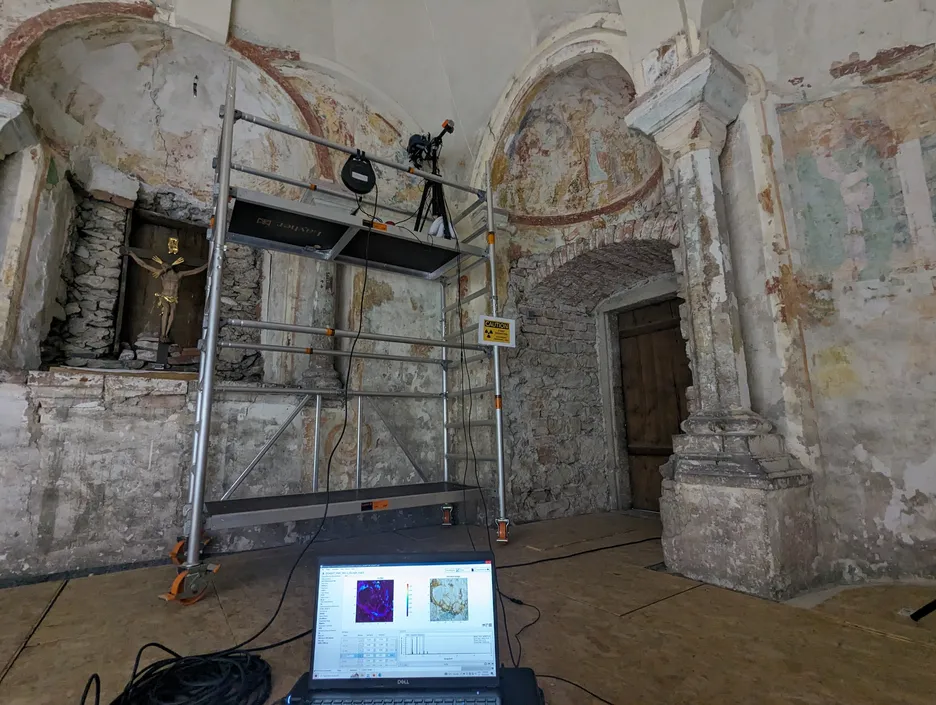Unveiling architectural surface materials through science
The course will introduce key concepts for understanding and conserving different material classes found in architectural surfaces. Additionally, it will define the methodologies and strategies behind their scientific study. Students will familiarize themselves with the chemistry of historical materials, from binding media (both inorganic and organic) to fillers, additives, and colorants, as well as their degradation processes. They will also learn about state-of-the-art technologies currently used to document, monitor, and characterize these materials. The influence of climatic conditions on historical materials and the concept of preventive conservation will be explored.
In the building industry, tasks are increasingly shifting from new construction to the preservation and renovation of existing, sometimes historical, buildings. Sustainable technical and cultural strategies for the preservation of such complex objects require an integrative approach that combines science-based investigation (documentation, research, analysis, and evaluation) with architectural planning. To foster interdisciplinary collaboration, professionals need to understand and be familiar with complementary disciplines. Therefore, the course will introduce architects and engineers to the methodologies and strategies behind the scientific study of historical materials. The discipline of heritage science, as well as the roles of different professionals involved in cultural heritage studies, will be defined.
After completing the course, students will be able to:
understand why it is so important to conserve our cultural heritage.
understand the meaning and importance of an interdisciplinary approach in cultural heritage studies.
name materials of historical and artistic interest.
name the physicochemical behaviour of historical materials and describe their degradation path.
understand the influence of the microclimate conditions on historical materials and define the concept of preventive conservation.
name state-of-the-art technology currently applied and developed for cultural heritage studies.
understand the analytical challenges and boundaries conditions in studying valuable and highly heterogeneous objects/surfaces.
The course will include a combination of presentations (PowerPoint), roundtable discussions, and group work. Online theoretical lectures will be alternated with in-person exercises and activities.
The scientific method will be explained through two exemplary surface types: wall paintings and plasters. Reading selected scientific articles in class will help students familiarize themselves with the scientific method and develop critical analysis skills.
Practical insights will be gained through analysis demonstrations at the chair’s laboratories, using the cutting-edge technology of the insiTUMlab — the new analytical infrastructure for non-destructive in-situ studies of cultural heritage of the chair. This experience will provide an introduction to the analytical challenges and constraints of studying valuable and highly heterogeneous objects and surfaces.
